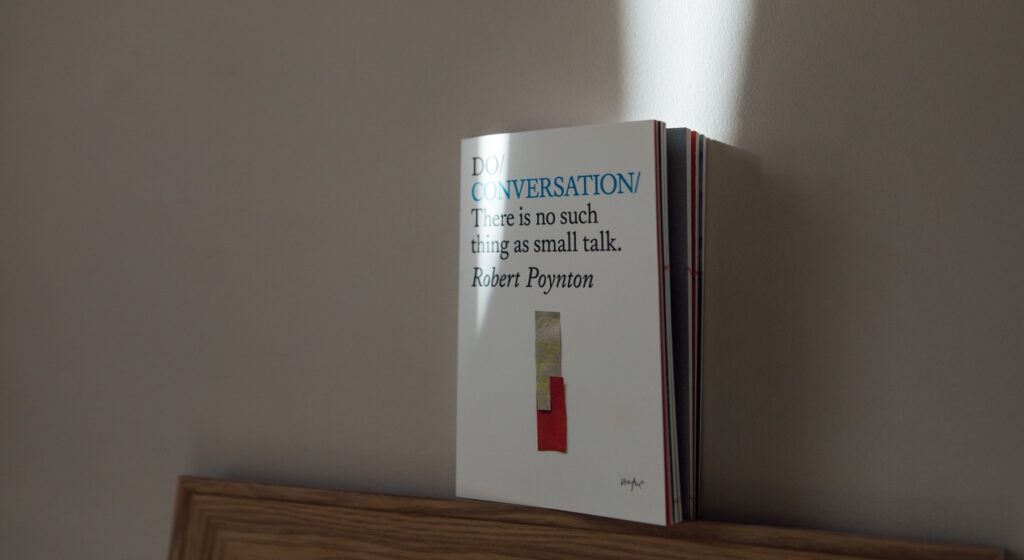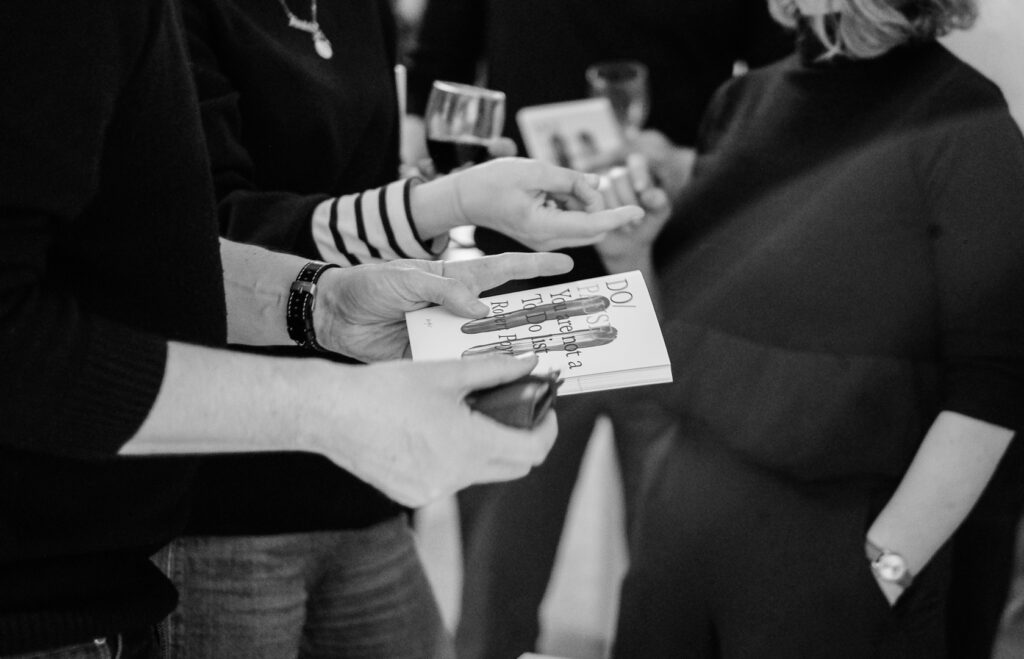In July we were in Copenhagen. We were with my friend Helene Simonsen at one of the open air jazz concerts when she bumped into someone she knew. I remember he was wearing some very cool glasses and looked like a bit of a boffin. My new found friend asked me how I knew Helene and I sketched out a connection that lead from Oxford, via Peter Hanke and his work with conducting and leadership to an Arts and Leadership conference at Bramstrup and thus to Helene. I also mentioned my own work with improvisation.
This struck a chord. It turned out that my un-named friend worked for IBM and he started talking about ‘Agile Project Management’ and ‘Scrum’. I remember finding it a bit uncomfortable because Helene hadn’t actually introduced me (I later discovered this was because she couldn’t remember his name).
But what he was saying was fascinating. It struck me how the improvisational practices seemed to be almost designed into the structure of the way of working he was talking about and later that day I checked out ‘Agile Project Management’ and ‘Scrum’ on the web. It wasn’t as interesting as what he had said, but still, provided some food for thought.
A few days later we were in Henne Strand in Jutland, out for a long walk on a wild and windswept beach and my unconscious mind had obviously been snacking on all of this because I suddenly realised there is a huge hole in the work I have been doing. I love it when something becomes clear that has been in plain sight all along. I enjoy the feeling of “how could I have been so stupid?” (quite easily is probably the answer).
So, as a result of this fabulously serendipitous and unlikely sequence of events with a man with no name in a square in Copenhagen I can see that I have, for about a decade now, leaped straight to behaviour. There’s nothing wrong with running workshops that aim to help people become more adaptable by adopting improv practices but it would be an awful lot easier if you actually designed the organisation or team in such a way as to promote that behaviour in the first place.
So what I am interested in now, and what I am going to spend some time working on and thinking about is how to design for improv, as it were, in both process and structure. Because process, being time based, is really narrative, which means that all the story tools and frameworks and ideas could fit there. And improv forms have micro and macro structure, as does a show and the theatre itself. And one could create feedback loops between all of this so that the design of structure and process to promote improvised, agile, creative behaviour could yield changes to the structure and process so as to create more chance of yet more of the same kind of behaviour, and so on.
I am very excited about all this. It feels like it could give my work a whole new lease of life, which is very timely. I am going to call it the Copenhagen Interpretation, in homage to Nils Bohr and Werner Heisenberg whose interpretation of quantum physics also bears the name of a city that is, apparently, the only one in the world with too many bicycles.




